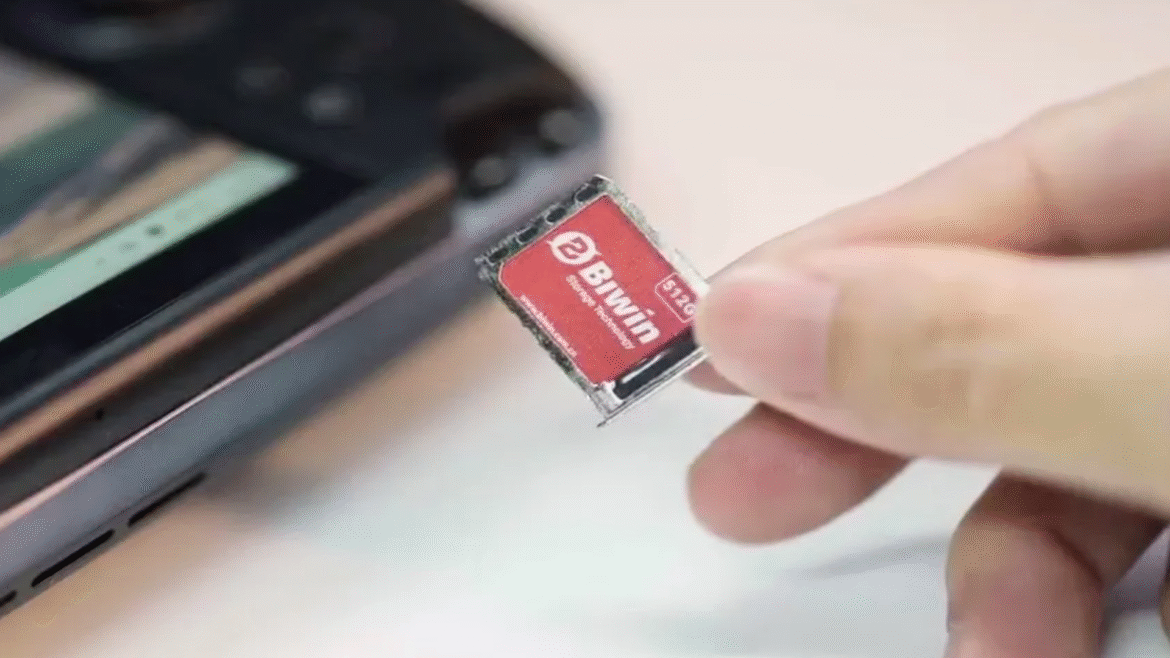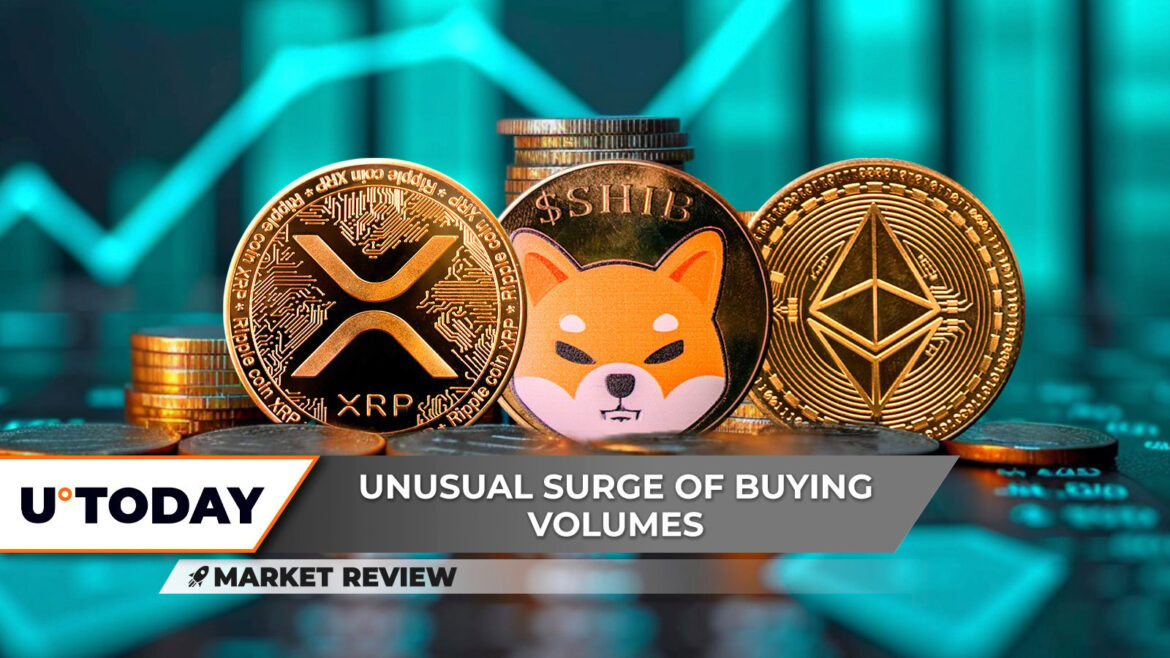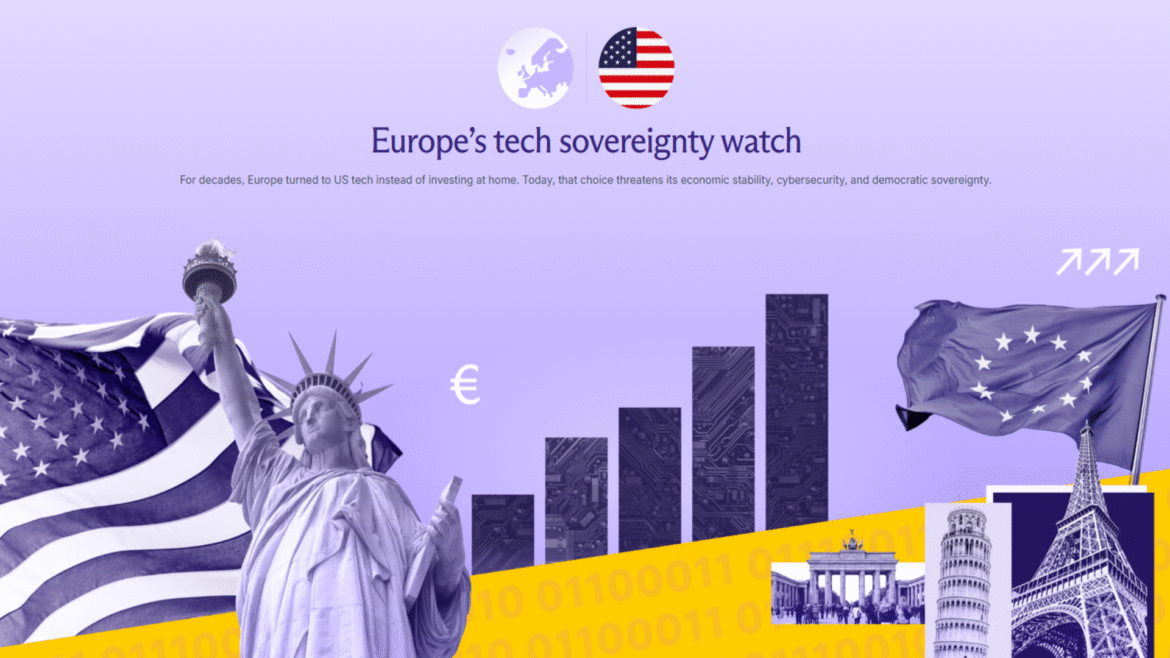Analyst James Check and Unchained produced a report on the current bitcoin market landscape, with the most interesting takeaway being the rise of the bitcoin exchange-traded funds (ETFs) specifically the success of iShares Bitcoin Trust (IBIT) and the options market that now underpins the product.
The report opens with a quote saying: “Options are now the dominant derivatives instrument by open interest, being over $90 Billion in size, and eclipsing the futures markets at $80 Billion”.
Since its launch in January 2024, IBIT has seen around $61 billion in net inflows over 18 months, making it one of the most successful ETF’s of all-time.
However, the dominance accelerated following the launch of ETF options in November 2024.
The options market, which gives investors the right but not the obligation to buy or sell an asset at a set price within a certain timeframe, has dramatically reshaped flows, with IBIT attracting $32.8 billion in inflows while competitors have remained flat since the options began trading.
The report states that IBIT now controls 57.5% of all bitcoin ETF assets under management (AUM), up from 49% in October 2024, with roughly 40 cents of options open interest for every dollar of bitcoin held in the fund. By contrast, Fidelity’s FBTC, the second largest ETF, is about 25 times smaller than IBIT in options open interest, with around $1.3 billion.
This level of activity has made IBIT a rival to Deribit, the world’s largest crypto options exchanges, where daily trading volumes typically run between $4 billion and $5 billion, according to the report.
The report also points to 13F filings, the quarterly disclosures required by the SEC for investment managers with over $100 million in assets. These filings show institutions holding ETFs, allowing others to use the options market to be able to short or use arbitrage methods for hedging volatility.
Overall, the report concludes that bitcoin’s volatility profile has shifted meaningfully in this cycle, with ETFs and their options markets serving as a major driver of that change.
“In our view, the launch of options on top of the spot ETFs is thus far an under-discussed, but highly important change in Bitcoin’s recent market structure”, the report said.







